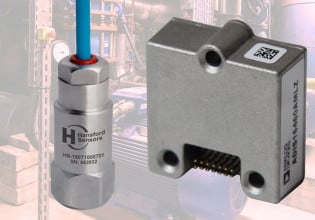D
Hi
Can you suggest some servo press brands?
Application:
press an 8mm three legged flag type Terminal into the printed circuit board (PCB).
Requirements
1.-Range Force 0-3 kN.
2.-Stroke 300 mm
3.-Speed 200 mm/sec
4.-Voltage supply: 480 VAC
5.-Force Distance Control (Load Cell & LVDT)
5.1 Precise positioning control +- 0.01mm.
5.2 AccurateForce Transducer system (+- 0.5% of nominal force range).
6.-Integrated Anti-rotation.
7.-Integrated Holding/Safety Brake.
5.-Servo Amplifier Data bus: Rs-232|Ethernet
The only options I know are TOX PRESSOTECHNIK and PROMESS (both are excellent products) but is out of my budget
Thanks in advance
Can you suggest some servo press brands?
Application:
press an 8mm three legged flag type Terminal into the printed circuit board (PCB).
Requirements
1.-Range Force 0-3 kN.
2.-Stroke 300 mm
3.-Speed 200 mm/sec
4.-Voltage supply: 480 VAC
5.-Force Distance Control (Load Cell & LVDT)
5.1 Precise positioning control +- 0.01mm.
5.2 AccurateForce Transducer system (+- 0.5% of nominal force range).
6.-Integrated Anti-rotation.
7.-Integrated Holding/Safety Brake.
5.-Servo Amplifier Data bus: Rs-232|Ethernet
The only options I know are TOX PRESSOTECHNIK and PROMESS (both are excellent products) but is out of my budget
Thanks in advance






